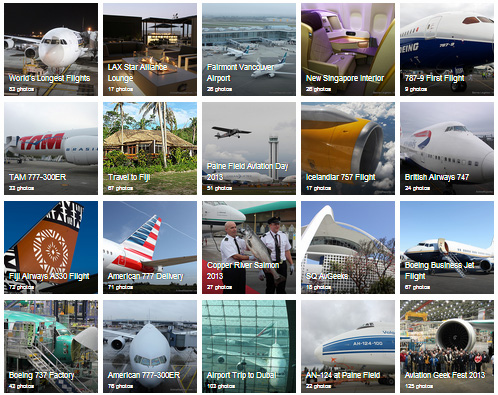
Just some of the very cool things we did in 2013
How the heck is it 2014 already? Time sure does fly, and so have we! This year our team flew over 330,000 miles (or almost 14 times around the world), which is crazy since we only flew about 90,000 miles in 2012. We have been able to grow with more writers, more readers, and more unique (and, I like to think, interesting) content.
We have experienced many ups and down this last year (more ups than downs) and we have been able to share stories in ways that we never have before. At this point we have over 33,000 followers on Twitter, almost 4.7 million views on our Flickr, over 2,200 Facebook fans (we are looking for more), and 2.2 million views of our videos on YouTube. Those are impressive and we love that you love what we do!
As many will do at the end of the year, I want to take a look back and see what worked and did not work for 2013.
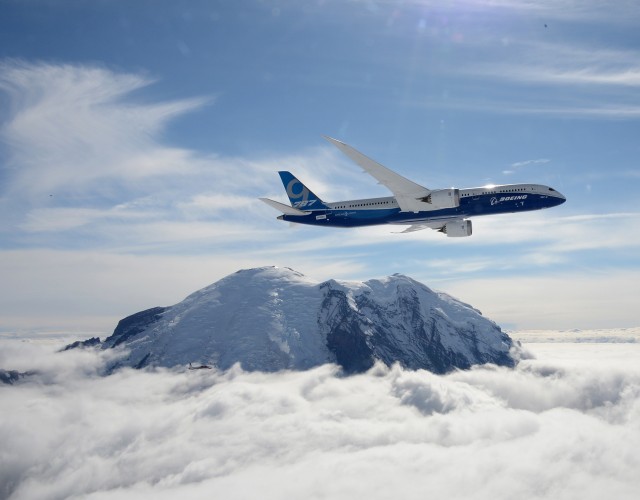
787-9 Dreamliner flying over Mt. Rainier – Photo: Boeing
We don’t feature a lot of writers on our “Blogroll” section of the site, but All Things 787 has been a mainstay. Started by Uresh Sheth (@ureshs) in 2008, the site digs in to the nitty gritty of 787 production and delivery details. As a data geek, I’ve spent many hours delving in to the spreadsheets on All Things 787, and as a frequent flier, I’ve often looked at delivery positions, hoping for a future flight to be serviced by a new-build Dreamliner. The site has had over 5.3 million views since its inception, which means many others share my same interest.
What has always impressed me the most about All Things 787 is the amazing detail (which, translated, means Uresh has to have exceptional access and sources). As Uresh is a friend of Airline Reporter, I recently reached out to him for an interview about his site, the 787, and the readers that help fuel his enthusiasm.
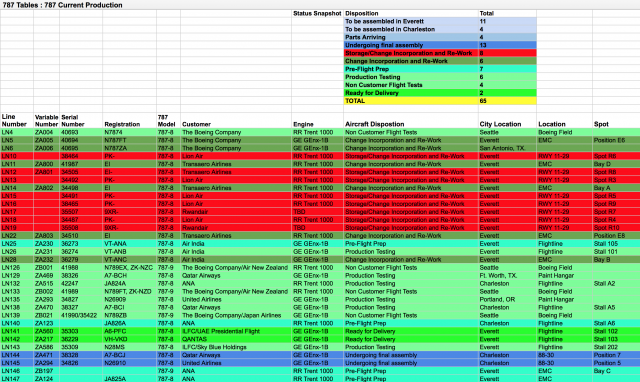
An example of the detailed delivery status of the Boeing 787 – Image: All Things 787
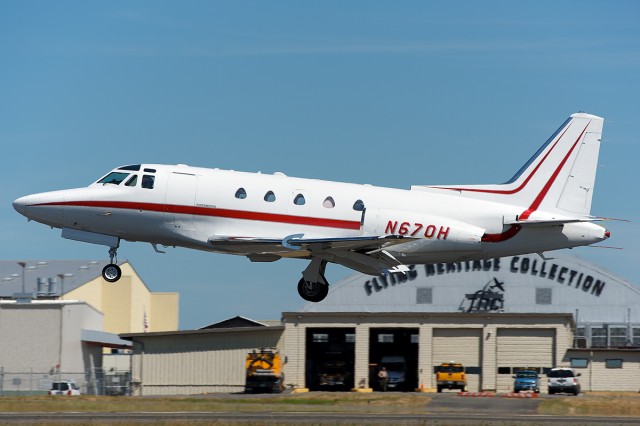
N670H was the first aircraft in the world to be certified with TCAS. Photo by Bernie Leighton | AirlineReporter.com
Recently I spent a day with Honeywell Aerospace and it had clearly worked its way into my brain at a deeper-than-expected level.
Before I found the opportunity to go over my notes and write a follow-up article about my time with the Honeywell Crash Test Dummies up at Paine Field, I found myself on board an American Airlines Boeing 737. My first thought, after it was clear that tower had given us a “taxi into position and hold” command for Runway 34R at SEA was, “I sure hope this aircraft has RAAS.”
Runway Awareness and Advisory System is a Honeywell Aerospace product that allows pilots to enhance their situational awareness by providing audible and visual cues about the aircraft’s location relative to its destined runway. Once the aircraft arrives on the runway, it is capable of reminding flight crew that they are still on the runway after one minute and thirty seconds. This time was decided on by Honeywell’s research team. After ninety seconds on the runway, research shows that the safe course of action is to make a radio call to the tower reminding them of your position and intent. That technology alone saves lives and prevents damage, but if you think Honeywell stopped there, you would be wrong.
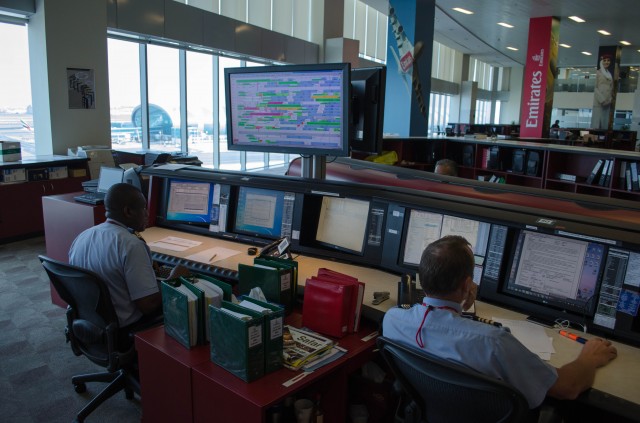
Emirate Airline’s Network Control at DXB. Image: Jason Rabinowitz.
Dubai International Airport (DXB) is a hugely complex, massive, 24-hour machine. Airplanes land, passengers are exchanged, and airplanes takeoff. What goes on behind the scenes to make this seemingly simple task work, however, is anything but simple. Earlier this year, National Geographic UK took their cameras into the depths of Dubai’s airport, giving the public a rare look at operations at the home airport of Emirates.
BONUS: Photo Tour of Emirates Airline Crew Training in Dubai
The show aired several months ago in various regions, but never made it to the Americas. What the channel guide hides from us, YouTube reveals – all ten episodes are now streaming in HD for anyone to watch. The first episode of the show starts off quite nicely, focusing on the difficulty of getting passengers with short connections across the gigantic terminal, routine mechanical difficulties, and a scramble to finish up construction of a new wing of the terminal.
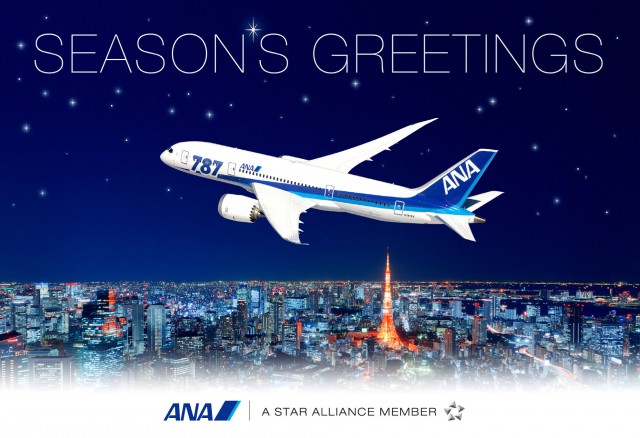
It’s the time of year airline holiday greetings spread across the globe. – Image: All Nippon Airways
We are in the thick of the holiday travel season right now, and with Christmas fast approaching it is going to get even busier. Traveling at this time of year can be a real challenge. Weather, crowds, high prices, and even-higher load factors can make travel a headache.
When you add delays, the stress of getting away for a vacation, or travel to see family (which can be either cherished or dreaded), things can get rough. We at Airline Reporter wanted to share some of our favorite tips and tips from readers who travel quite often.





